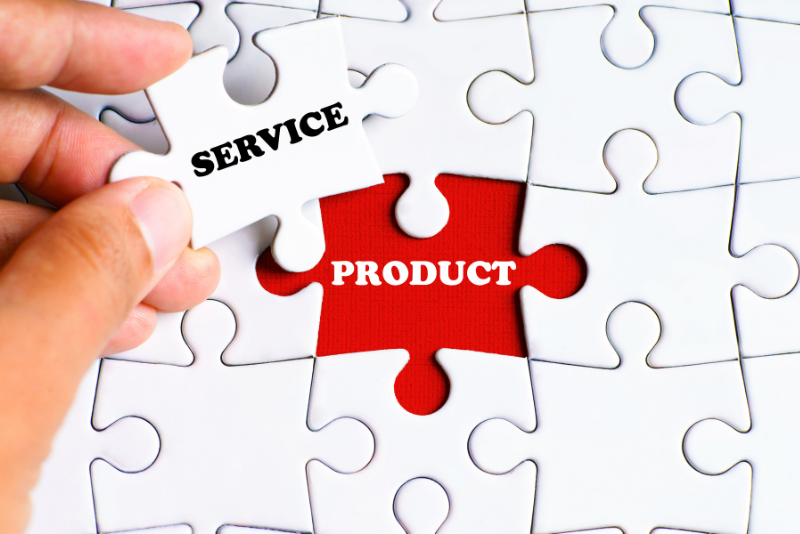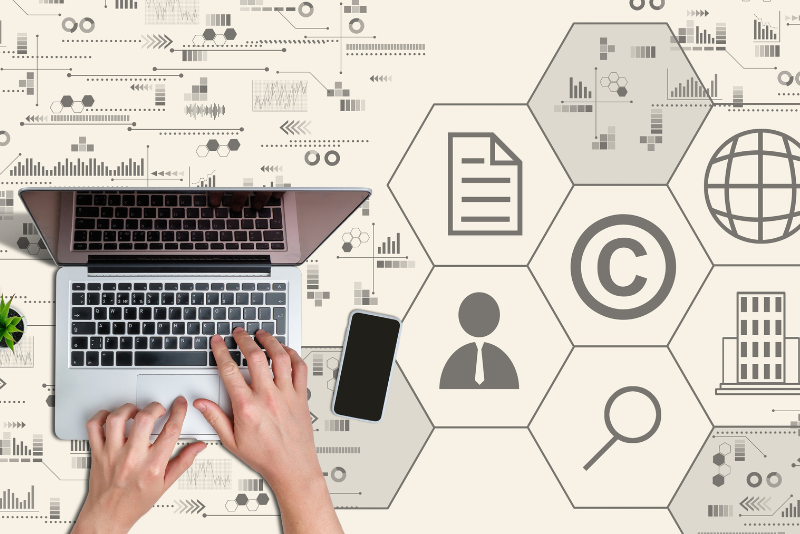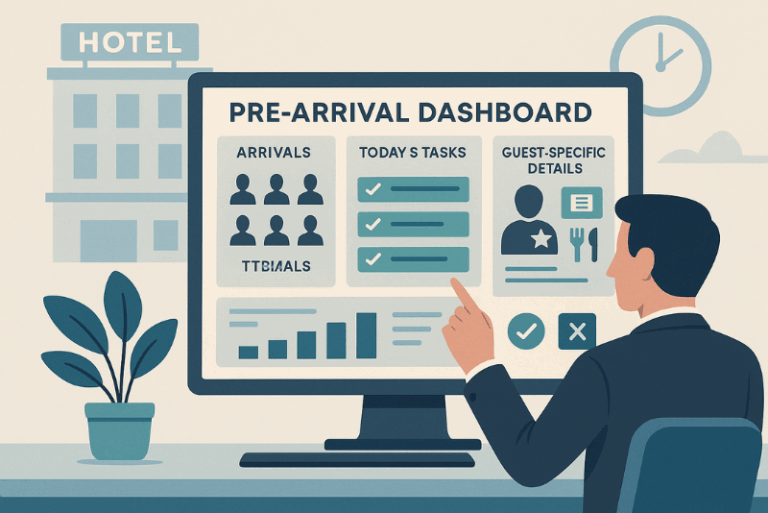Unlock Business Leverage: Systems and Strategies to Amplify Your Growth (Not AI)
Running a business can often feel like a double-edged sword—too small to scale effectively and too big to walk away. Many entrepreneurs find themselves trapped in a cycle of challenges, struggling to manage workload and growth potential.
Leveraging key components, systems, and strategies that facilitate faster growth and enhance scalability and efficiency is the solution to breaking free from this stagnation.
This article will delve into different types of business leverage and how they can empower you to overcome obstacles and achieve your goals.
1 – Content Leverage

Definition: Digital content that scales and puts your business in front of your ideal customer.
How to Apply:
- Choose a content format – Written, Audio, Visual, Video
- Identify your customer’s pain points
- Write value-added content that addresses a customer pain point
- Post your content
- Repurpose your content across multiple platforms
Examples:
- Blog posts repurposed into social media snippets, videos, infographics, and email campaigns.
- Evergreen content that drives consistent traffic and leads over time.
An example we have used with clients is long-form written content. We develop a blog article or whitepaper addressing a common issue the target audience faces. We then repurpose this content through:
- Monthly newsletters
- Twitter posts
- Instagram Carousels
- Instagram Reels
- LinkedIn Posts
When one piece of content becomes many, you multiply the potential for leads and conversions.
2 – Systems Leverage

Definition: Implementing automated systems that streamline business operations and allow for more consistent and efficient processes.
How to Apply:
- Identify areas of your business that can benefit from automation
- Research and select the right tools or software for your needs
- Integrate these systems into your business processes
- Train employees on how to use these systems effectively
- Continuously review and improve upon these systems
Examples:
- Automated workflows to repurpose content
- Customer relationship management (CRM) software that tracks leads and customer interactions
- Project management tools to keep track of tasks, deadlines, and progress
I enjoy analyzing problems and building systemized solutions. If left to my own devices, it’s my go-to activity. Our latest automated system builds monthly newsletters for customers. It automatically pulls relevant content from a customer’s website (products and information) and generates an HTML newsletter. We then edit and audit the newsletter and send it to clients through our proprietary email server. The result is a highly converting, branded newsletter that leverages existing assets generated in a fraction of the time.
3 – Product Leverage

Definition: Turn your customer solutions into repeatable products and packages.
How to Apply:
- Analyze your most successful customer solutions
- Identify common patterns and themes
- Develop a product or package
- Test and refine the product with a select group of customers
- Launch the product to your target market
- Continuously gather feedback and make improvements to the product
Examples:
- Online courses or eBooks based on your expertise in a specific area
- Subscription-based services for ongoing support and guidance
- Digital products such as templates, tools, or software
Product leverage is all about taking what you do best and creating scalable solutions that can be replicated for multiple customers. Many small businesses get caught in the trap of trading time for money. Your skills and time are the product. When you first start, this is necessary; it’s essential. It teaches you how to listen to customers’ wants and needs, refine your services, and build relationships.
But it’s unsustainable. When you are the system, it will eventually peak or break.
A successful business is not a job. Every successful business needs a product or suite of products that can grow independently of you.
I’ve experienced this multiple times with my businesses and coached several clients as they worked through it.
4 – People Leverage

Definition: Building a team to expand capabilities.
How to Apply:
- Identify key roles and responsibilities needed for your business
- Hire and train employees or outsource to contractors/freelancers
- Delegate tasks and responsibilities effectively
- Provide ongoing support, guidance, and feedback to your team
- Continuously evaluate the performance of your team members and make necessary changes
Examples:
- Hiring a virtual assistant to handle administrative tasks
- Bringing on a social media manager to handle marketing efforts
- Working with a graphic designer for branding and visual content creation
People leverage allows you to expand your business’s capabilities by utilizing others’ expertise and skills. Building a team frees up your time so you can focus on growing your business.
There is one major caveat. Do not delegate an inefficient or ineffective system. It only results in greater inefficiency and ineffectiveness. Before hiring or outsourcing, make sure to have clear processes and systems in place and a plan for continuous improvement.
5 – Distribution & Partnerships Leverage

Definition: Expanding reach and market penetration through strategic partnerships and distribution channels.
How to Apply:
- Identify potential partners and distribution channels that align with your target audience and business goals.
- Reach out to establish partnerships and collaborations.
- Clearly define roles, responsibilities, and expectations for each partner.
- Continuously communicate and nurture the relationship with your partners.
- Monitor and evaluate the success of the partnership, making adjustments as needed.
Examples:
- Partnering with a complementary business to cross-promote each other’s products or services
- Utilizing an influencer or affiliate marketing program to reach a larger audience
- Distributing products through established retailers or online marketplaces like Amazon or Etsy
Leveraging relationships with other businesses or influencers will expand your market, grow your brand, and help you build trust with your customers.
6 – Intellectual Property Leverage

Definition: Utilizing unique assets to gain a competitive edge.
How to Apply:
- Determine your business’s unique expertise and insights that provide a competitive advantage.
- Capture this knowledge in detailed documents, including standard operating procedures, best practices, and training materials.
- Use your knowledge to develop workshops, courses, or written materials that can be monetized as products or branded resources.
- License your knowledge and tools to other companies or industries to generate new revenue streams.
- Use your established reputation to extend into new offerings, ensuring your clientele associates your brand with expertise and quality.
Examples:
- Licensing proprietary software or technology to other businesses
- Hosting workshops or training sessions for other businesses or professionals in your field
Leveraging your unique intellectual property can diversify your revenue streams and establish you as a leader in your industry. It also allows for potential growth opportunities as you continue to develop and share new insights and resources.
7 – Data & Analytics Leverage

Definition: Using data to make informed decisions, optimize processes, and personalize customer experiences.
How to Apply:
- Collect and analyze data from various sources, such as customer interactions, website traffic, and social media engagement.
- Use this data to identify patterns, trends, and opportunities for improvement or growth.
- Implement data-driven strategies in marketing, product development, and customer service.
- Utilize analytics tools to track the success of your efforts and make necessary adjustments.
- Use data to personalize customer experiences and tailor products or services to their needs.
Examples:
- Utilizing A/B testing to determine the most effective marketing strategy
- Using customer feedback surveys to improve product offerings
By leveraging data and analytics, businesses can make informed decisions that increase efficiency, effectiveness, and customer satisfaction. This allows for constant improvement and adaptation to changing market trends and customer needs.
Conclusion
Understanding and utilizing Leverage is vital for any business aiming to achieve lasting success and growth. The most thriving businesses master the art of creating Leverage within their industries. This ability to maximize resources, insights, and opportunities often separates small businesses from their larger, more successful counterparts.
By skillfully applying leverage, entrepreneurs can break through barriers that limit growth. It acts as a catalyst in the entrepreneurial journey, transforming promising startups into formidable enterprises. Embracing Leverage is not merely a strategy but a powerful mindset essential for navigating the competitive business landscape and fostering substantial development.
About Us
We are The Fifth Business, marketing, and automation specialists. We scale small to medium-sized businesses from $100K in revenue to $1M by building digital assets and leveraging automated systems.
Take Our Quiz to See if you are ready to scale your business
FAQ Section
What is business leverage?
Business leverage involves using systems, strategies, or assets that allow you to maximize your output with less input, leading to increased efficiency, scalability, and growth.
Why is Leverage important?
Leveraging systems is crucial for scaling a business. Without Leverage, a business is a job that costs time and energy.
How can I start building Leverage in my business?
Begin by identifying repetitive tasks that can be automated, consider digital products that can be scaled, and explore partnerships to expand reach.



